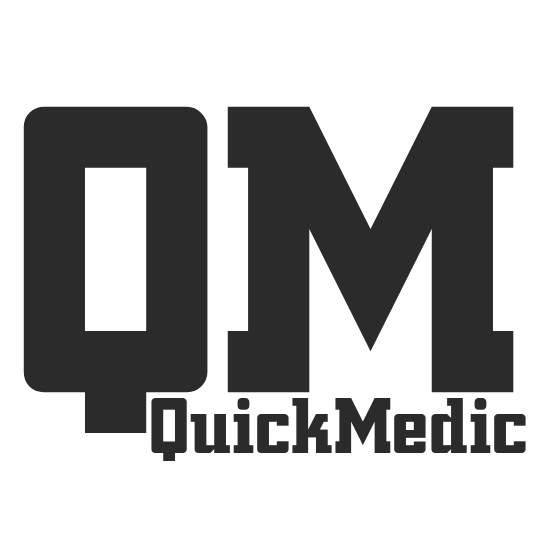|
You should be able to interpret a basic U&E and accompanying electrolytes.
An understanding of how sodium, potassium, magnesium and phosphate work in the body is needed - Na and K most importantly. Why can you not replace sodium too quickly? How quickly can you replace sodium? What does a high sodium mean? You can replace potassium (in a non-ICU environment) at around 10mmol per hour - how does this affect you on the ward? How can you replace potassium? You should also understand calcium and its role in the body with bones, metabolism and PTH etc. You must understand how creatinine and urea are used to interpret kidney function and the definition of an AKI (addressed in another topic) - what is eGFR? You should know the simple 'AEIOU' indications for dialysis. What is SIADH? What does ADH do in the body? What is the RAAS system? What does hypercalcaemia mean for the patient and how is it treated? EXPECTED BASIC KNOWLEDGE: This is a good finals document from OSCE STOP with associated diagrams - Here Lactate is a conundrum that comes up frequently in actual medical practice. Found at the bottom of an ABG You'll be asked to find out someone's lactate in a variety of conditions like drug overdoses, trauma, hypoxia and SEPSIS.But why? The team at St Emlyns virtual hospital have been trying to explain some very new thoughts on the physiology of lactate and why it's important. http://stemlynsblog.org/lactate-lacthate/ http://www.stemlyns.org.uk Sign up for their free online course in emergency medicine http://stemlynsblog.org/new-foamed-foundation-course-in-em-st-emlyns/ If you don't know much about #FOAMed - take some time to look into it now. The world of interactive and online medical education in a wide number of specialties (that is free) is rapidly taking off and there's lots of us involved in it. Join the movement.
0 Comments
Leave a Reply. |
USE OF THIS WEBSITE IS SUBJECT TO AGREEING TO THIS DISCLAIMER
|

Free to access Propofology Infograms, eBooks and selected YouTube videos by Dr. David Lyness are licensed under a Creative Commons Attribution-NonCommercial-NoDerivatives 4.0 International License.
Please attribute all works: 'Based on a work by Dr. David Lyness' at www.propofology.com/resources.
|
Home
About Contact |
ALL SITE USERS SHOULD READ AND AGREE TO THE DISCLAIMER HERE.
Contact via Twitter |

 RSS Feed
RSS Feed